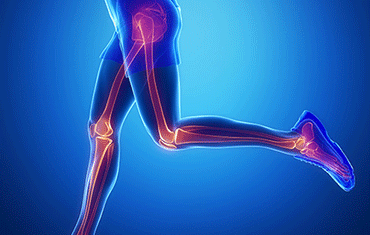Sports Injury

Sports injuries are common occurrences that can range from minor sprains and strains to more severe fractures and tears. They typically occur during physical activity or athletic participation and can affect various parts of the body, including muscles, ligaments, tendons, and bones. Understanding the symptoms and appropriate management of sports injuries is crucial for athletes and active individuals alike.
Symptoms of a sports injury may include pain, swelling, bruising, stiffness, or difficulty moving the affected area. In some cases, individuals may also experience weakness or instability, depending on the severity and location of the injury. Prompt recognition and appropriate initial management of sports injuries can help minimize damage and promote faster recovery.
Treatment for sports injuries often involves the RICE protocol: Rest, Ice, Compression, and Elevation. Resting the injured area helps prevent further damage, while applying ice, compression bandages, and elevating the injured limb can help reduce swelling and alleviate pain. Over-the-counter pain medications may also be used to manage discomfort.
In more severe cases or if symptoms persist, medical evaluation by a healthcare professional may be necessary. Depending on the type and extent of the injury, treatment options may include physical therapy, bracing or splinting, corticosteroid injections, or even surgical intervention to repair damaged tissues.
Preventing sports injuries is also essential and can be achieved through proper warm-up and stretching routines, using appropriate protective gear, maintaining good technique and form during activities, and gradually increasing intensity and duration of workouts. Additionally, listening to the body and avoiding overtraining or pushing through pain can help reduce the risk of injury.
Overall, staying informed about common sports injuries, recognizing early warning signs, and taking appropriate steps to manage and prevent them can help athletes and active individuals stay healthy, perform at their best, and enjoy their chosen activities safely.
